Teahouses and tea stalls are dedicated to drinking tea. However, the teahouse has a fixed place where people can taste, relax, entertain, or discuss matters, storytelling, and even trading, and so on. There is no fixed place for tea stalls. It is seasonal or mobile with tea or push carts. It is often seen at stations, ports, parks and main roads. It is mainly used for quenching thirst for passing pedestrians. Therefore, compared with tea stalls, teahouses have different ways of drinking tea.
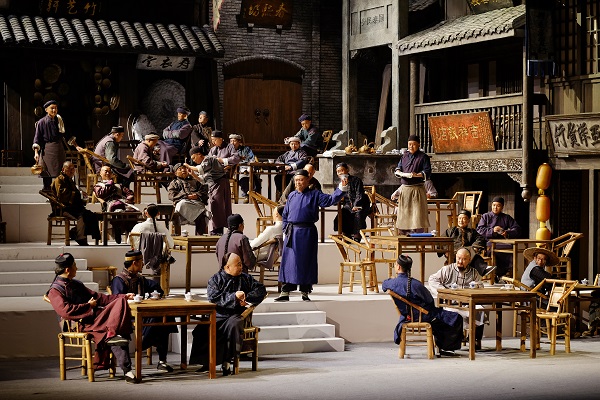
Since the Tang Dynasty, there have been shops selling tea in many cities. This shows that teahouse has developed more generally in China in Tang Dynasty.
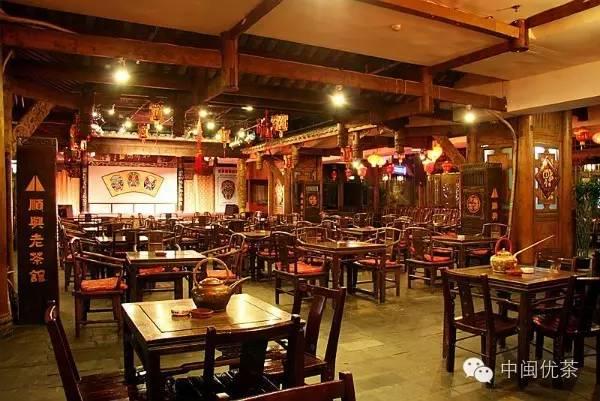
In Shanghai, the beginning of the teahouse was in the mid of 19th century. At the end of the Qing Dynasty, Shanghai opened a number of teahouses in. At that time, in addition to local citizens, tea merchants in Shanghai teahouses used dark language to talk about trading. The reporters interviewed the news here. Artists sand here, all-encompassing.
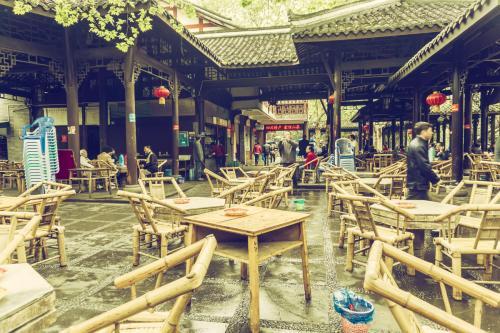
In Hangzhou, teahouses are scattered and tea lovers gather.
In Nanjing, during the 18th century, the famous teahouses were invited to order different kinds of teas, and served with shortbread cakes, shumai, spring rolls, and tea guests were convenient to eat.
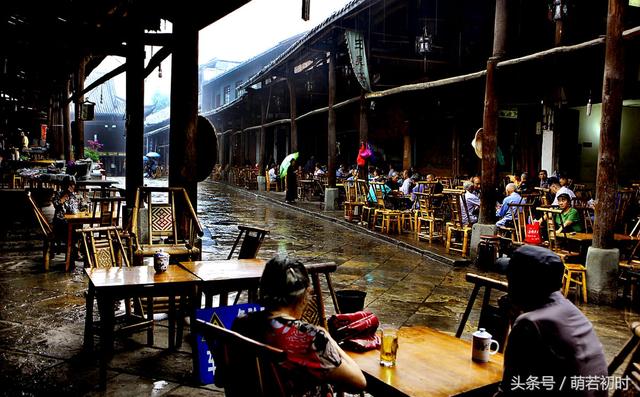
In modern times, in China, whether it is a city or a rural town, there are almost all kinds of teahouses of different scales. Especially since the 1950s, the teahouse has been transformed into a place where people drink tea to quench their thirst, rest and entertain, and chat with friends. Especially in the scenic tourist city, the teahouse is full of places, and you can rest and drink tea at there.
Today's teahouses can be roughly divided into three types according to their business characteristics: First, the old teahouses with a long history, preserve the old-time style, and have a strong local flavor. It is the world of local people, especially the elderly; second, the newly built teahouse, since the 1960s usually uses modern architecture, surrounded by rockeries and fountains. There are flowers, calligraphy and paintings in the teahouse, and there are sunflower seeds and candy for sale. It is suitable for all people. Third, open-air teahouse, chess garden teahouse, music teahouse, etc. Waiting and sitting on a cushioned chair, surrounded by a small glass table, using a fine porcelain or glass cup, it is a gathering place for people to date, learn skills, exchange ideas, cultural activities.
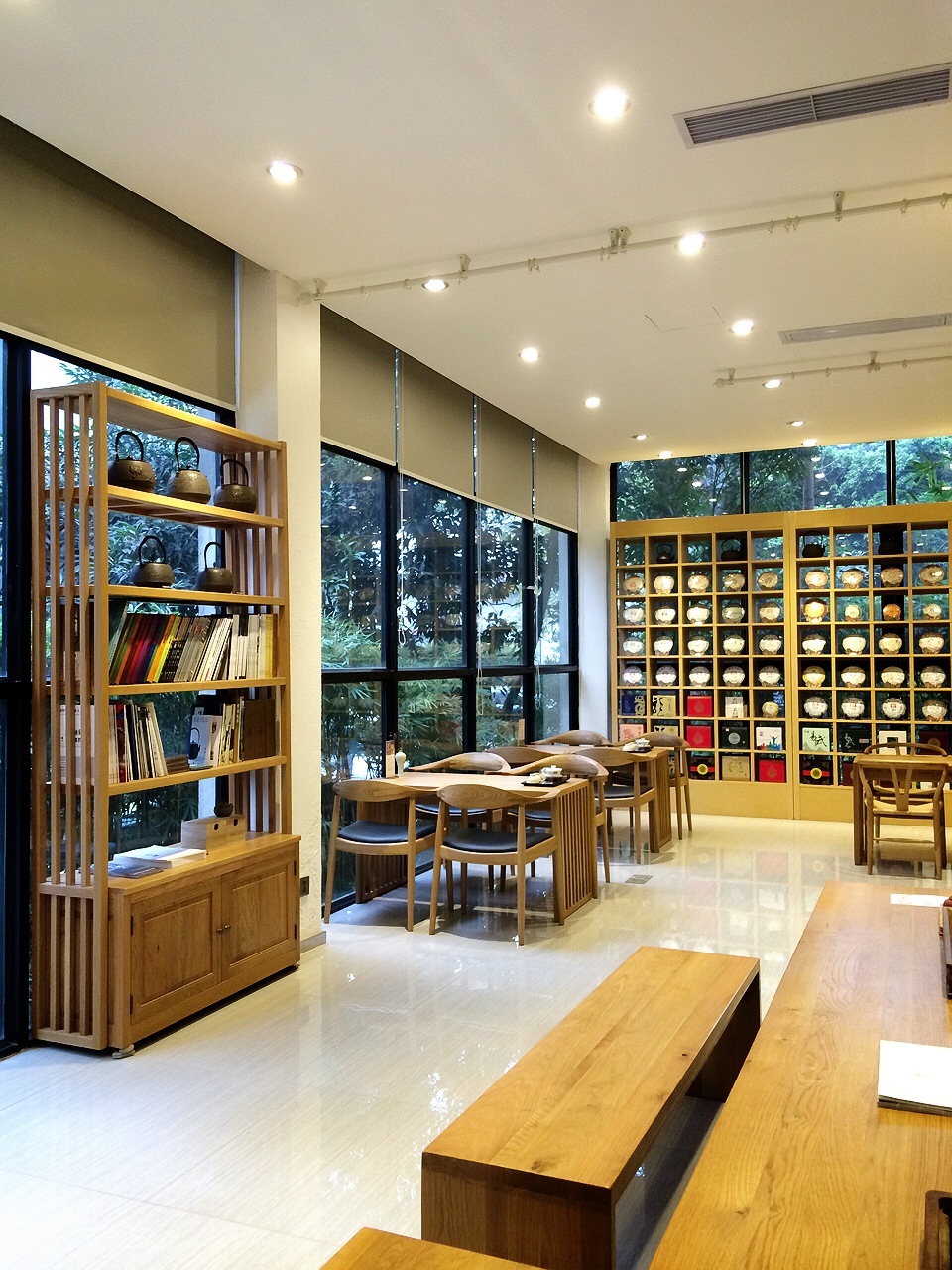
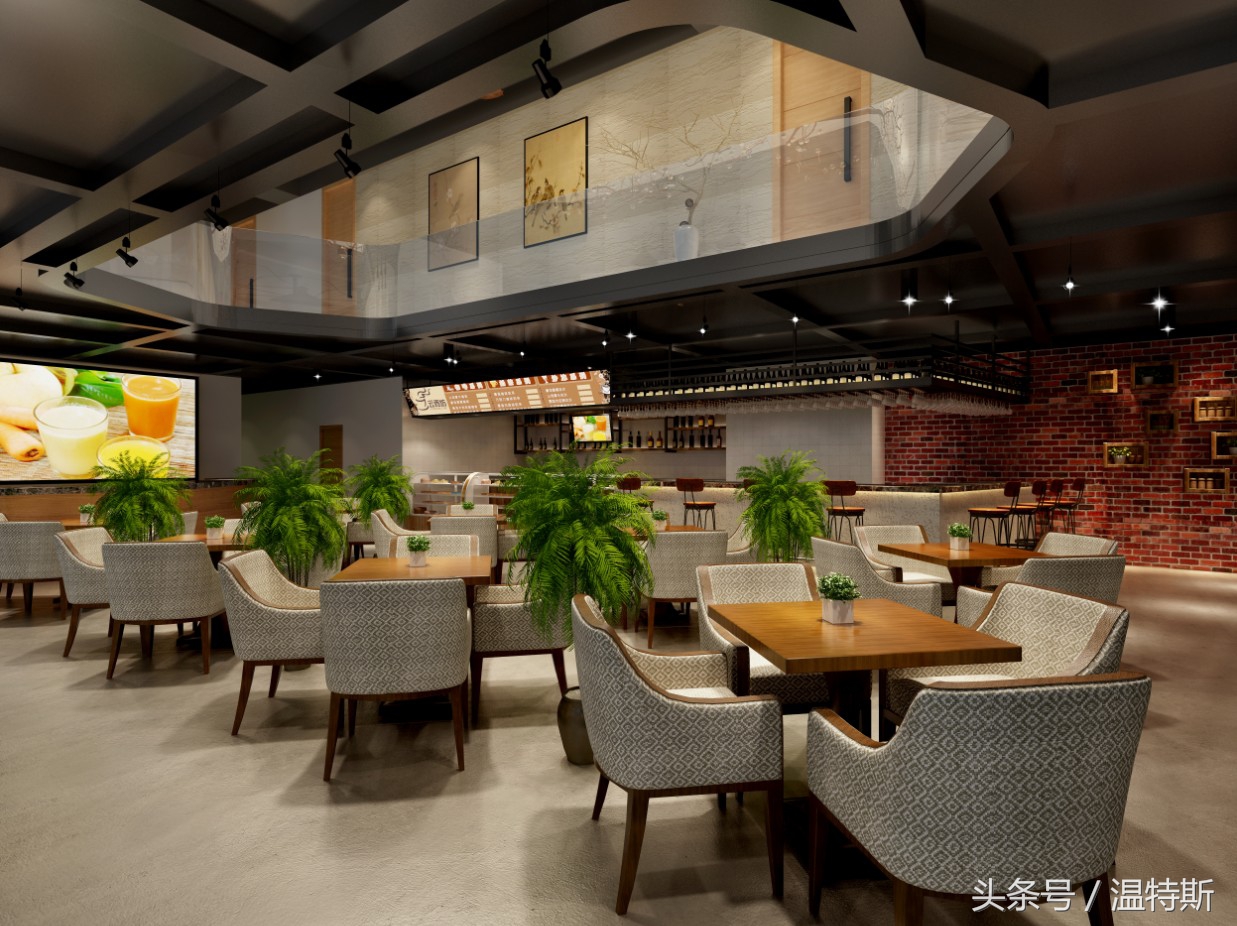
As for the popular tea stalls that are popular with the masses, they are still everywhere. However, the ancient style of selling tea stalls and street-selling tea stalls has been difficult to see.
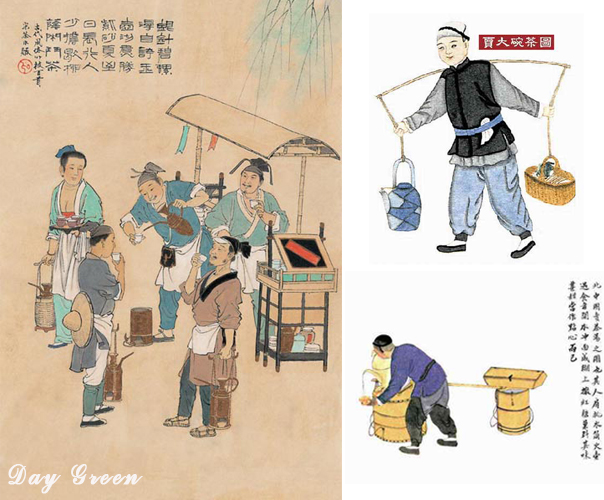

Since the Tang Dynasty, there have been shops selling tea in many cities. This shows that teahouse has developed more generally in China in Tang Dynasty.

In Shanghai, the beginning of the teahouse was in the mid of 19th century. At the end of the Qing Dynasty, Shanghai opened a number of teahouses in. At that time, in addition to local citizens, tea merchants in Shanghai teahouses used dark language to talk about trading. The reporters interviewed the news here. Artists sand here, all-encompassing.

In Hangzhou, teahouses are scattered and tea lovers gather.
In Nanjing, during the 18th century, the famous teahouses were invited to order different kinds of teas, and served with shortbread cakes, shumai, spring rolls, and tea guests were convenient to eat.

In modern times, in China, whether it is a city or a rural town, there are almost all kinds of teahouses of different scales. Especially since the 1950s, the teahouse has been transformed into a place where people drink tea to quench their thirst, rest and entertain, and chat with friends. Especially in the scenic tourist city, the teahouse is full of places, and you can rest and drink tea at there.
Today's teahouses can be roughly divided into three types according to their business characteristics: First, the old teahouses with a long history, preserve the old-time style, and have a strong local flavor. It is the world of local people, especially the elderly; second, the newly built teahouse, since the 1960s usually uses modern architecture, surrounded by rockeries and fountains. There are flowers, calligraphy and paintings in the teahouse, and there are sunflower seeds and candy for sale. It is suitable for all people. Third, open-air teahouse, chess garden teahouse, music teahouse, etc. Waiting and sitting on a cushioned chair, surrounded by a small glass table, using a fine porcelain or glass cup, it is a gathering place for people to date, learn skills, exchange ideas, cultural activities.


As for the popular tea stalls that are popular with the masses, they are still everywhere. However, the ancient style of selling tea stalls and street-selling tea stalls has been difficult to see.
